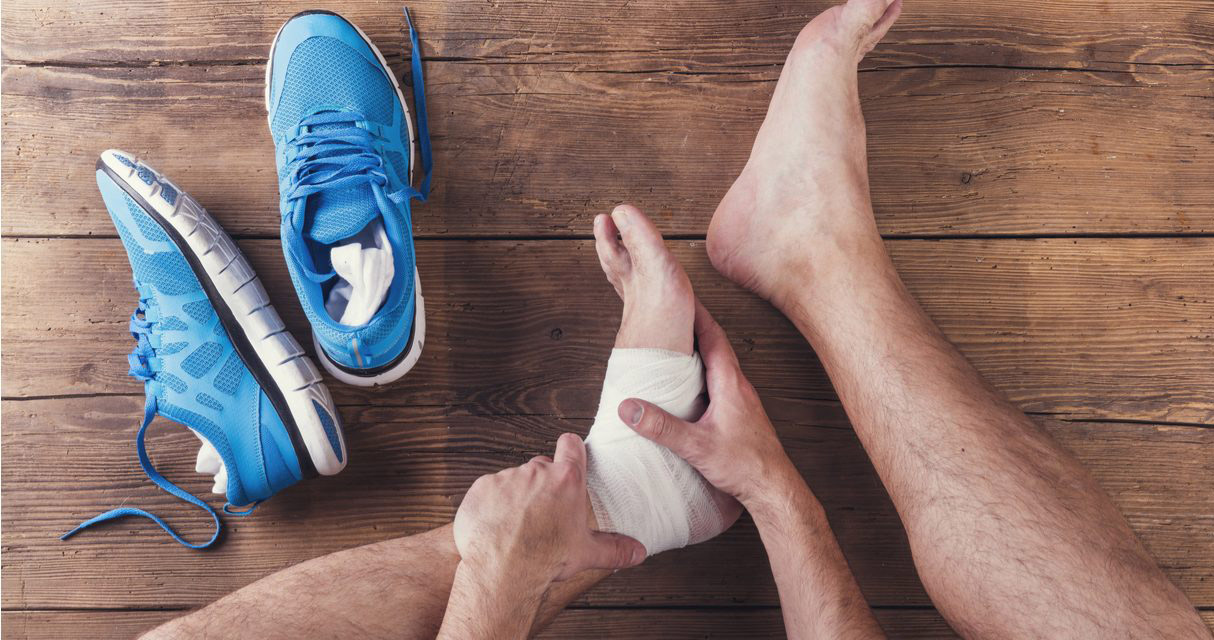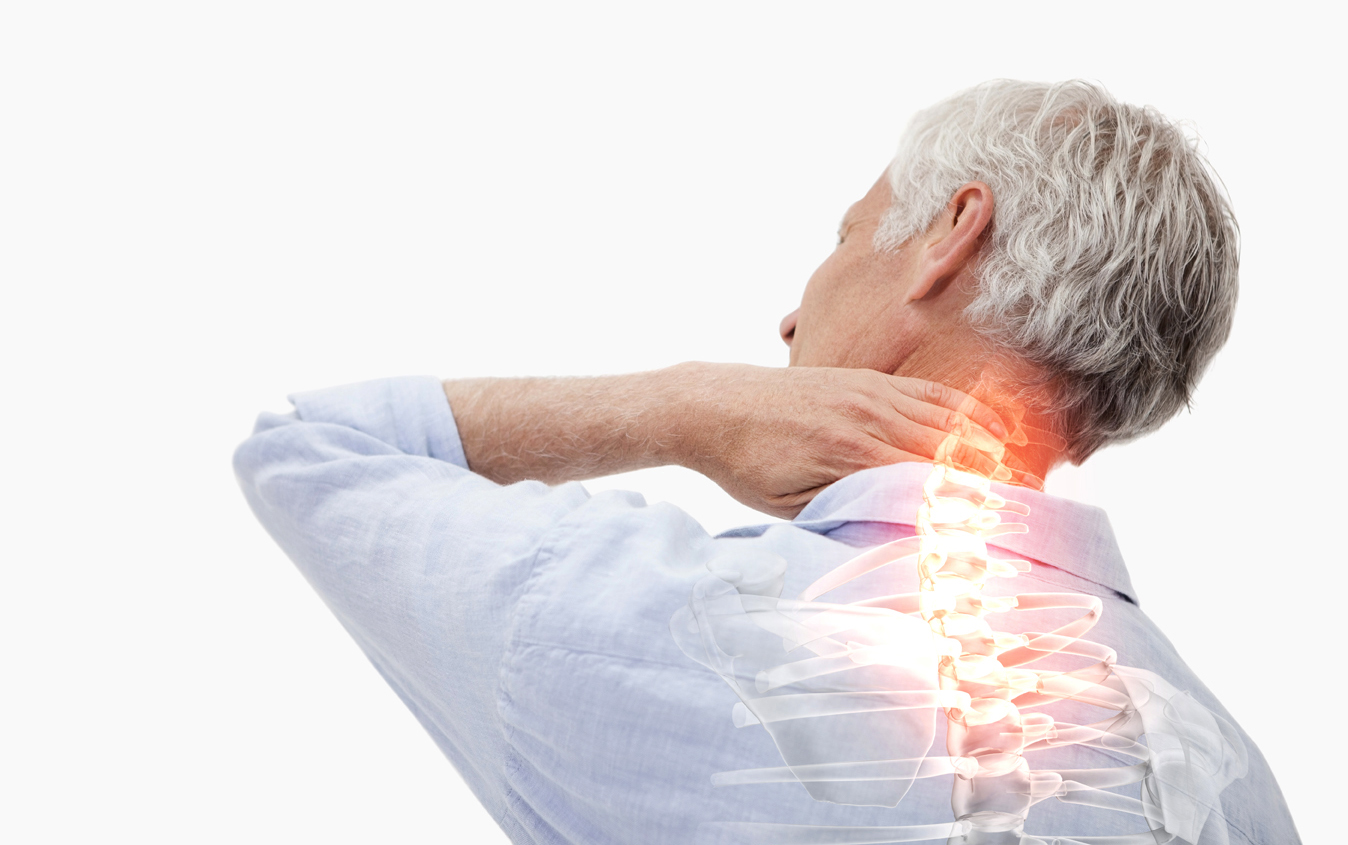Sciatica is called irritation of the sciatic nerve that causes the patient to feel pain in the lower back, a pain that extends to the back of one of the legs, and can reach the tip of the foot sometimes. Sometimes the irritated nerve is not exactly the sciatic nerve, and the pain affects the lateral or front part of the leg, but it is usually maintained the name of sciatica or sciatica attack in popular language.
Sciatica, which occurs due to irritation of the sciatic nerve, is very painful and can last several days, eventually incapacitating the patient. It is one of the most frequent causes of medical consultation and sick leave among middle-aged men.
The roots of this nerve arise from the spinal cord, exit through the vertebrae, and fuse to form the nerve, which is as wide as a finger of the hand (it is the largest nerve in the human body). From there it goes down to the leg behind the buttocks, the thigh and the knee, innervating all the muscles that it finds on the path and the skin of its path until it reaches the outer edge of the foot.
The most frequent causes of sciatica are: Spinal disc herniation, Lumbar canal stenosis, Piriformis syndrome, Fractures, Tumors, Paget’s disease, Pregnancy.
The main symptom of the sciatica attack is pain, although pain can vary greatly in intensity and characteristics. It can be from a dull pain that lasts several days, to a pain that appears almost suddenly and with great intensity and prevents the patient from moving from the chair. In any case, the pain always affects one of the sides, from the buttocks to the knee, the calves or even the foot. It is also frequent to be accompanied by pain in the lower back, which is why doctors call it lumbociatalgia. Pain may increase with movement (sit up, sit up) or with increased pressure inside the abdomen (coughing, defecating). It can also appear at bedtime or when you wake up in the morning lying on the bed, but usually does not interrupt your sleep in the middle of the night.
Other frequent symptoms would be muscle weakness and decreased muscle reflexes. The sciatic nerve, being damaged, cannot properly innervate the muscles and the movements of the hip and knee are limited. That’s why people with sciatica walk limping or cannot get out of bed by themselves.
 The treatment of sciatica will consist of: Analgesics and anti-inflammatories that calm the pain. They are usually taken every eight hours during the days of the episode.
The treatment of sciatica will consist of: Analgesics and anti-inflammatories that calm the pain. They are usually taken every eight hours during the days of the episode.
Relative rest, that is, the patient will be able to move but should not make efforts or walk long distances. Bed rest is not recommended once pain is alleviated with analgesics.
Corticosteroids: should only be administered in situations in which anti-inflammatories are not enough.
Apply cold in the lumbar area or buttock affected the first two days of pain. This will reduce the inflammation that accompanies nerve compression. The cold will be applied for 10-15 minutes and always indirectly, covering the ice with cloths.
Apply heat the following days with an electric blanket, hot water bottle or bath. Do not exceed 20-25 minutes of application. It calms the pain and is more effective when the pain is accompanied by muscular contractures.
Massages in the lumbar area; they have the same effect as the application of heat. They must be done by trained people.
There are warning signs that force the doctor to perform more tests to rule out tumors, nerve injuries or other serious causes of sciatica. These signs are:
- Be over 50 years old and have not suffered previous sciatica attacks.
- Do not respond to treatment after four weeks.
- Progressive increase of the area without sensitivity.
- Loss of sphincter control.
- Loss of weight or appetite, or accompanying fever.
- Previous cancer.
- Endocarditis or previous sepsis.
In the presence of any of these signs, a blood test, an x-ray of the spine and an MRI should be performed.
To prevent sciatica the best measures that can be taken are:
- Avoid obesity and overweight.
- Walk a minimum of five hours a week.
- Practice sports that favor the development of the lumbar muscles, such as swimming or tennis. Yoga can also help maintain good muscle tone.
- Do not bend over with your back, but bend your knees with your back straight.
- Do not load heavy weights.
- Do not adopt bad postures while sitting at the desk or driving. The lower back must always be supported on the backrest or on a cushion.
- Sleep on flexible but rigid mattresses, so that the spine is always in a straight position.
Always take care of your health with a unique and efficient service. Visit Pharmamedic.





